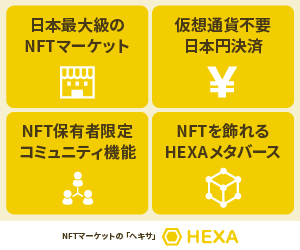PearとPairとPareの三つの英単語の意味の違い
“pear”は、洋ナシを指す単語です。例えば、デザートとして洋ナシを食べる、ランチボックスに洋ナシを詰めるなどの場面で使います。
“pair”は、一対のものを表す単語です。例えば、靴のペアを買う、はさみの一対を渡すなどの場面で使用します。
“pare”は、削るや剥くといった意味を持つ単語です。例えば、ナイフでリンゴの皮を削る、野菜の皮を剥く方法を学ぶなどの場面で使われます。
これらの単語は異なる意味を持ち、異なる場面で使われることがわかりました。洋ナシ、一対のもの、削る・剥くという意味に注目して、それぞれの単語を適切に使用しましょう。
pear
- Example 1: I enjoyed eating a juicy pear for dessert. (日本語: 甘くてジューシーな洋ナシをデザートに食べることが楽しかった。)
- Example 2: She packed a pear in her lunchbox. (日本語: 彼女はランチボックスに洋ナシを詰めました。)
- Example 3: The farmer harvested a basket of pears from his orchard. (日本語: 農夫は果樹園からバスケット一杯の洋ナシを収穫しました。)
- Example 4: Do you prefer green or red pears? (日本語: 緑の洋ナシと赤い洋ナシ、どちらが好きですか?)
- Example 5: Let’s make a pear smoothie with yogurt and honey. (日本語: ヨーグルトとハチミツを使って洋ナシのスムージーを作りましょう。)
pair
- Example 1: I need to buy a new pair of shoes for school. (日本語: 学校用に新しい靴のペアを買わなければなりません。)
- Example 2: Can you pass me that pair of scissors, please? (日本語: あのはさみの一対を取ってもらえますか?)
- Example 3: The magician made a pair of doves appear out of thin air. (日本語: 魔術師が一対のハトを空中から出現させました。)
- Example 4: These socks are sold in pairs, not individually. (日本語: これらの靴下は一対で販売されています、一つずつではありません。)
- Example 5: We found a pair of gloves left behind at the park. (日本語: 公園に忘れられていた手袋の一対を見つけました。)
pare
- Example 1: She used a knife to pare the apple and remove the skin. (日本語: 彼女はナイフを使ってリンゴの皮を削りました。)
- Example 2: The chef showed us how to pare the vegetables efficiently. (日本語: シェフは効率的に野菜の皮を剥く方法を教えてくれました。)
- Example 3: Can you pare down the list of ingredients for this recipe? (日本語: このレシピの材料リストを簡略化してもらえますか?)
- Example 4: It’s important to pare unnecessary details from your presentation. (日本語: プレゼンテーションから不要な詳細を削ぎ落とすことが重要です。)
- Example 5: He decided to pare back his expenses to save money. (日本語: 彼は節約するために支出を削減することに決めました。)
https://www.infobenry.com/free-lesson/




